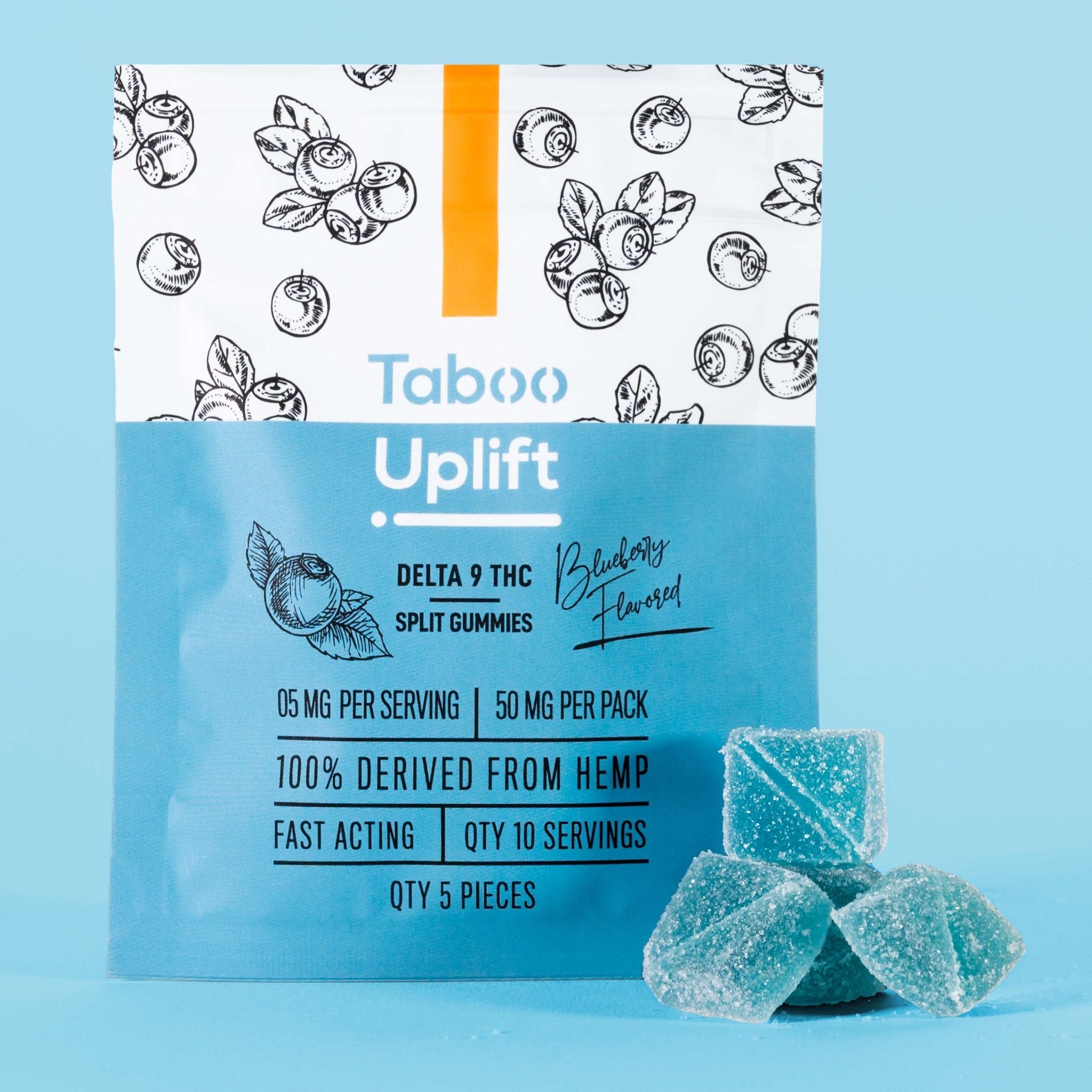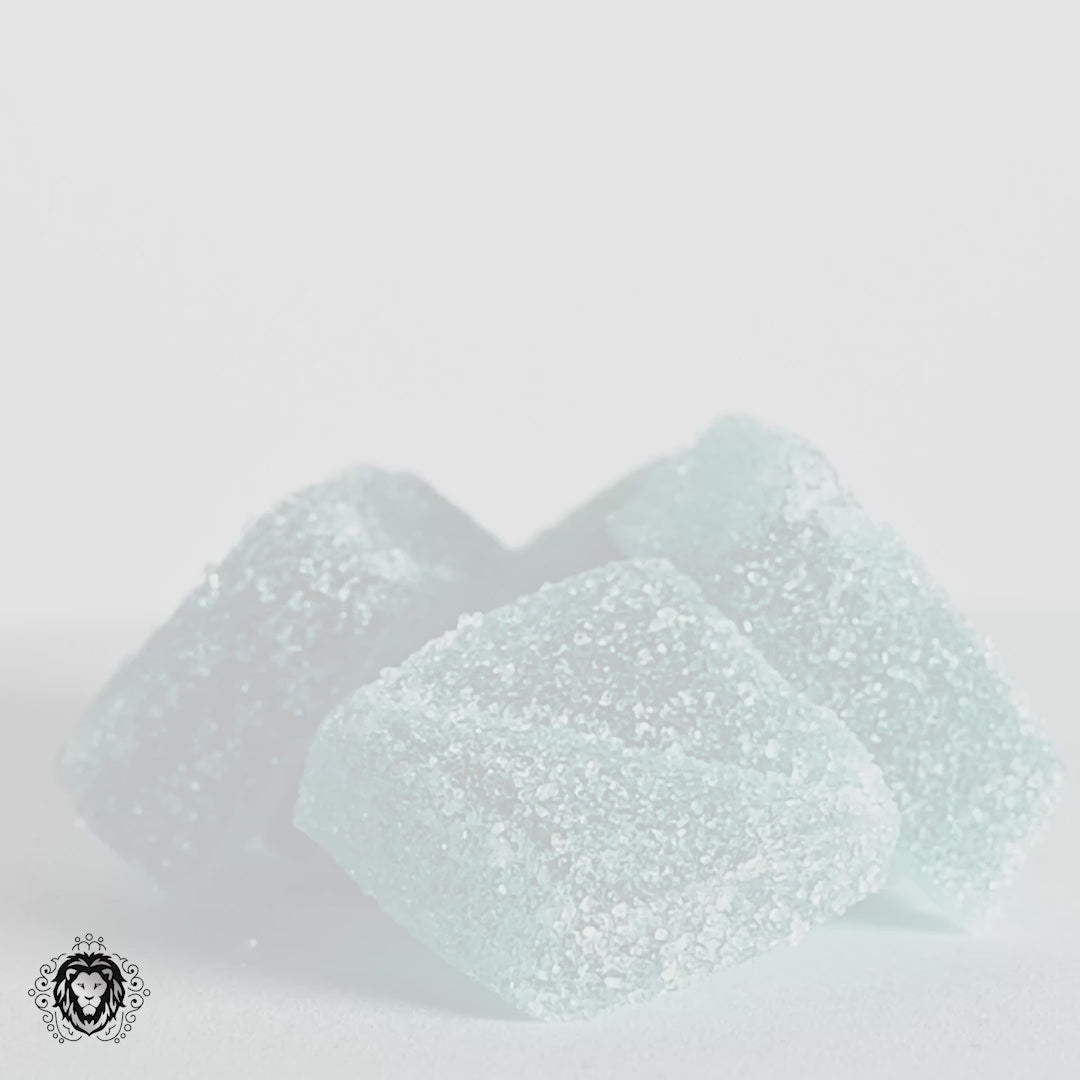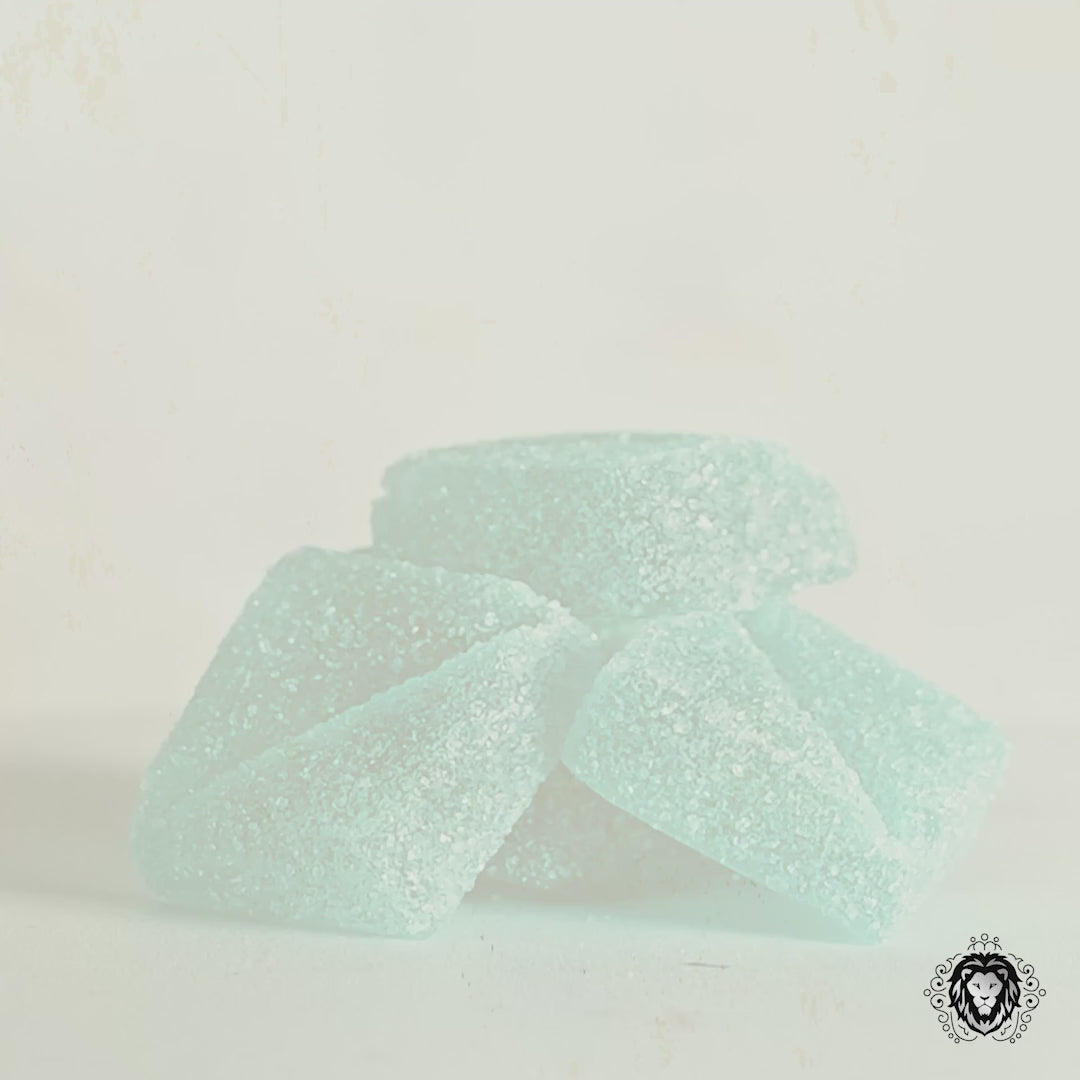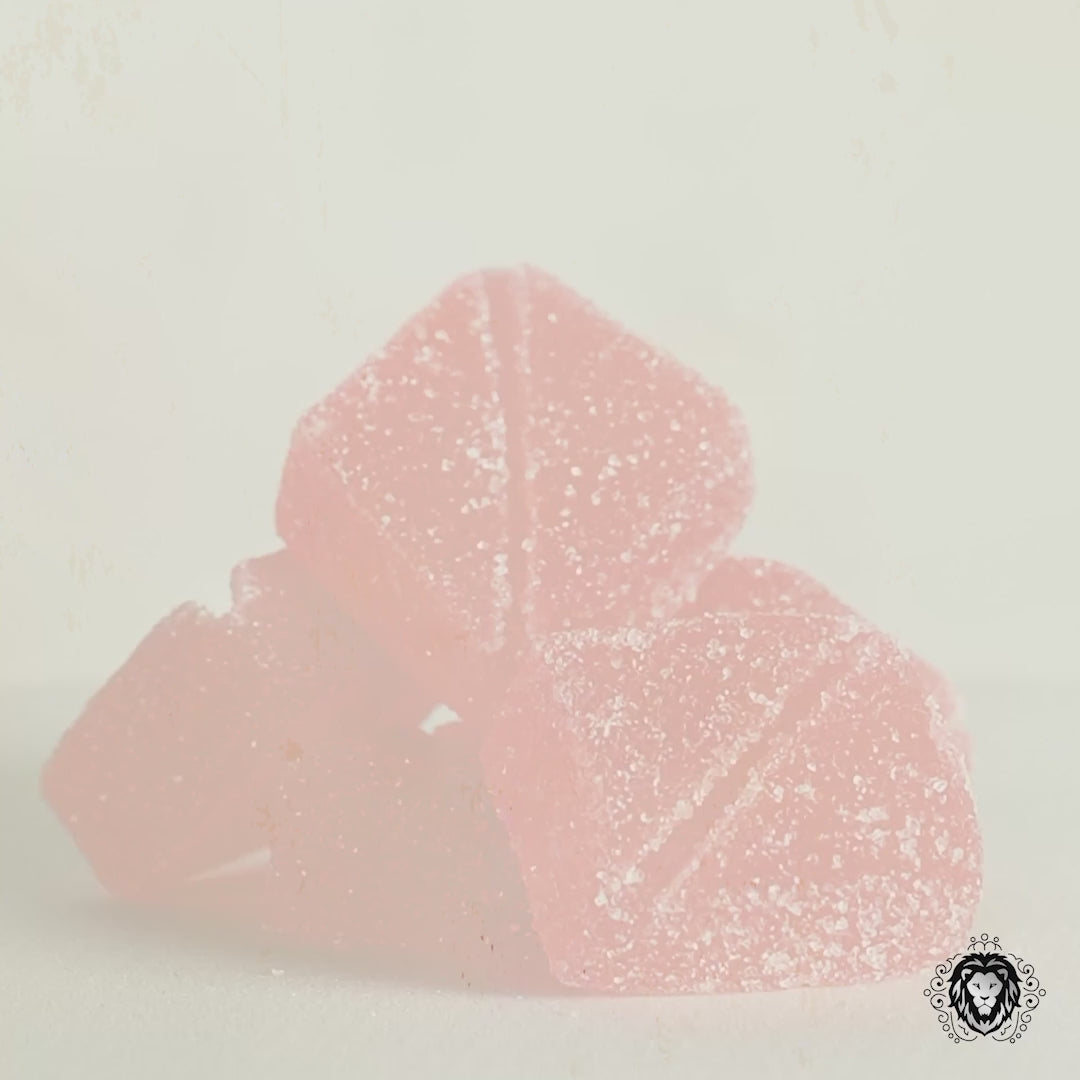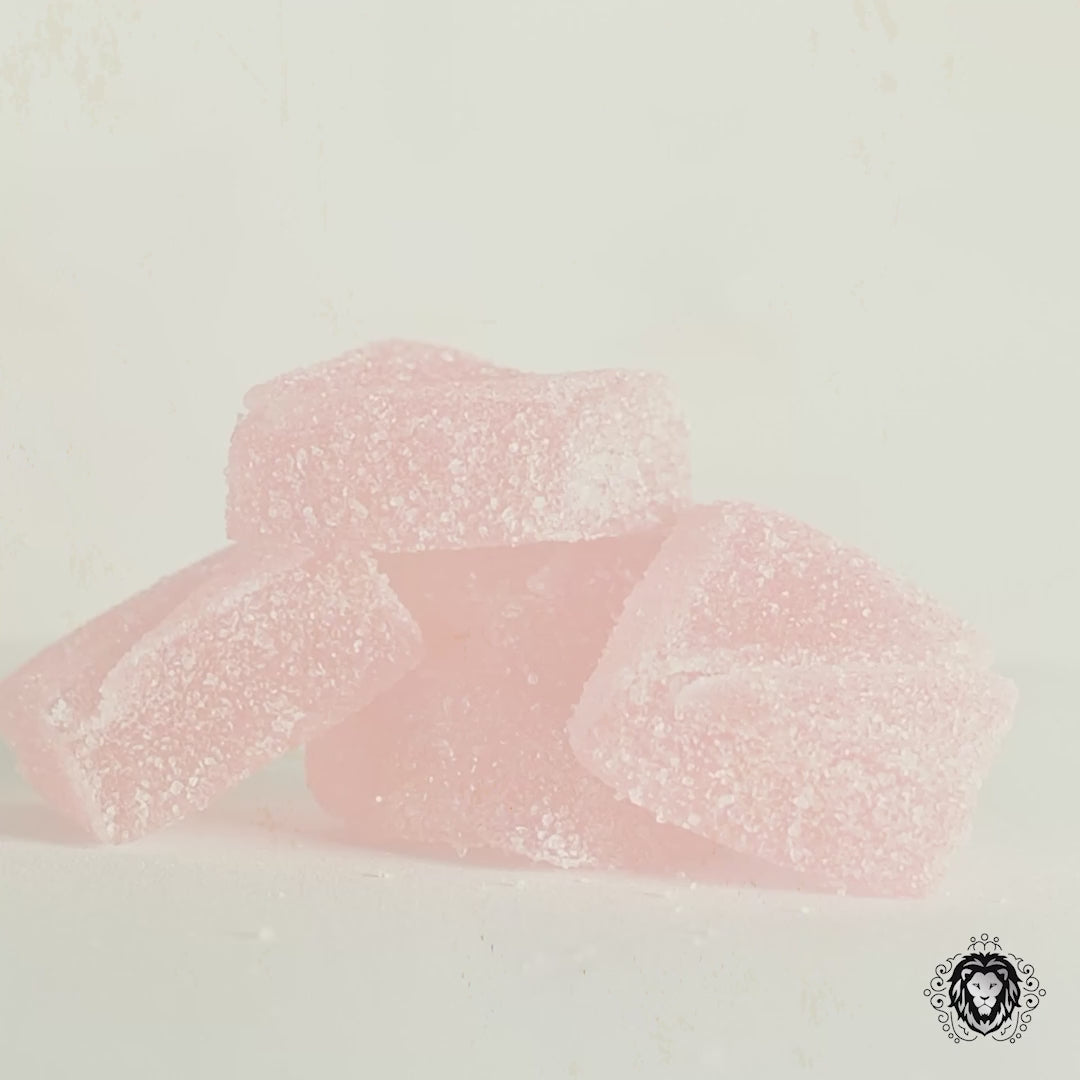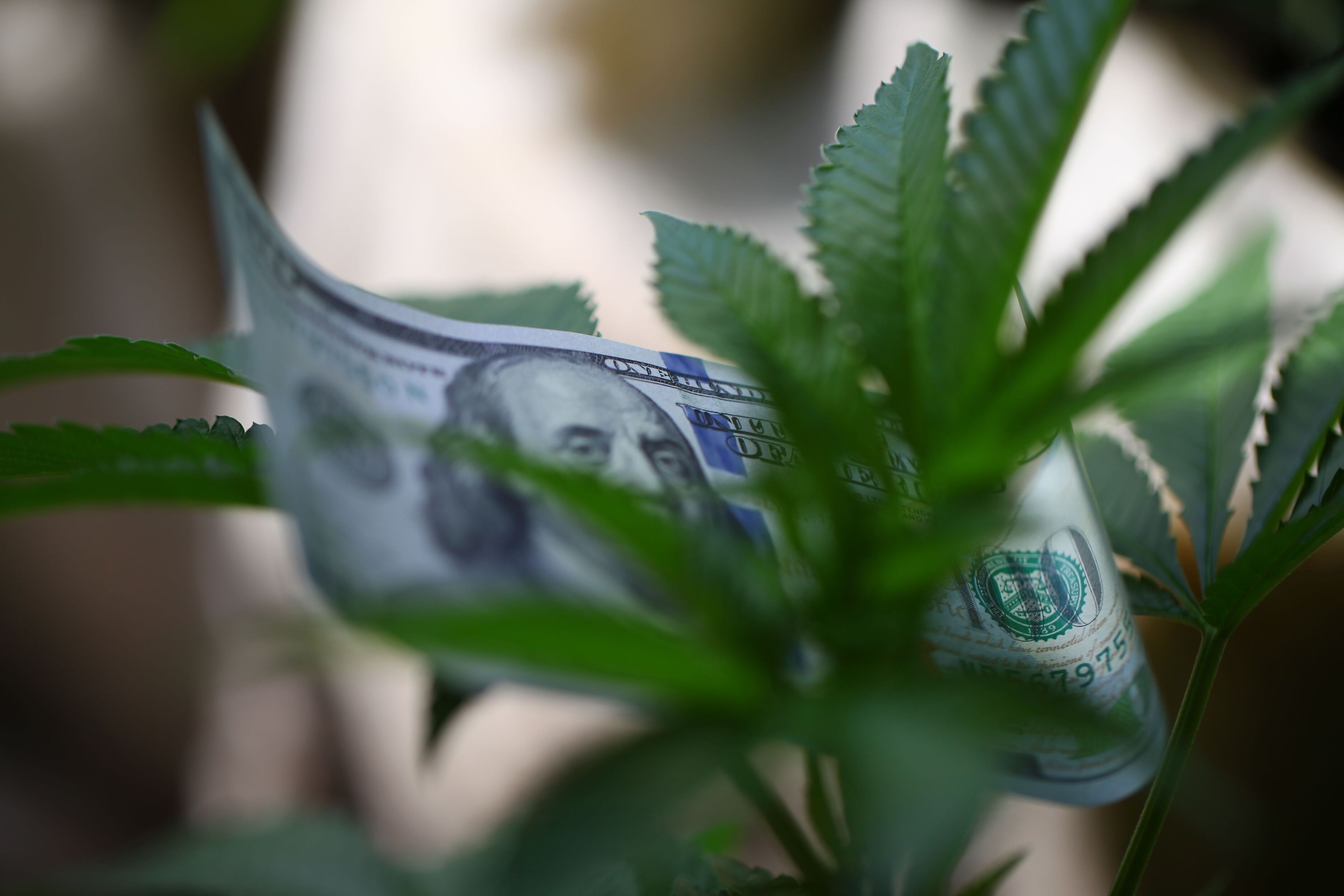
Interest in natural and sustainable building techniques seems to be slowly growing around the world. According to a recent article in Grist magazine, conventional building materials pollute indoor air quality, and the need to implement climate mitigation efforts is critical.
However, it can be expensive to build a new home or modify an existing one, which leads people to assume that most green building solutions are only for the wealthy. Yet, Paris, France, has proved that this is not always the case — at least when hemp is used.
Paris invests in sustainable public housing
Paris took a chance on hempcrete several years ago when constructing public housing. The city’s first hempcrete development reportedly was inaugurated in 2012, and more were built over the years since.
Now, the city has about 40 subsidized units built with hemp. These units have been so successful that the city reportedly has even more of them planned.
‘One of nature’s best insulation materials’
Hempcrete is a blend of hemp hurd, water and lime. Hemp hurd is the woody core of the plant’s stem. When it is mixed with lime and water, it resembles concrete, which is presumably how it earned its name.
However, hempcrete is not a concrete substitute. Instead, its main function is as insulation. Grist magazine calls it “one of nature’s best insulation materials.”
Gregory Ferembach lives in one of Paris’s housing units that is insulated with hempcrete. He reportedly told Grist that his family is never cold in their home in the winter, yet they have lower than average heating bills. He credits these benefits to the hempcrete insulation that lines his home.
Grist reports that hempcrete is a little less effective than conventional insulation, like fiberglass or foam board. However, its sponge-like abilities set it apart from its counterparts.
“It absorbs moisture from the surrounding air when it’s humid and releases it again when it’s too dry,” Grist reports. “That plays a crucial role in stabilizing the “felt temperature” of a room.”
This means that a room may not need to be heated to as warm of a temperature in the winter or cooled to as cold of a temperature in the summer. In this way, it can save on energy costs in both the summer and winter seasons.
Hemp can be a tool to help fight climate change
Home energy consumption is not the only environmentally friendly benefit to hempcrete. It is also regarded highly for its ability to absorb carbon from the atmosphere, which is an ability that can help fight against some of the causes of climate change.
One acre of hemp can reportedly absorb about 10 tons of carbon dioxide (CO2) from the atmosphere. This is reportedly more than an acre of trees could absorb in an entire year.
Then, hemp continues to absorb carbon even after it is processed into hempcrete. This can help offset the carbon emissions that can come from other building materials that may be used. Grist reports that walls built with hempcrete release about three times fewer carbon emissions than conventional walls.
Higher costs can be offset by other benefits
The cost of hempcrete construction could still be off-putting to some property owners. Hempcrete requires thicker walls. Because of this, the expertise needed to build with it, and potential supply chain complications, hemp construction reportedly could increase the cost of a new building by about 20 percent. It could potentially double the cost of building each wall.
However, these added costs could be offset by other benefits. For example, the light weight of the material may allow for a more modest foundation with cost savings in the amount of concrete used. The breathability of the material may reduce the need for robust ventilation systems that require regular maintenance.
Hempcrete is also naturally resistant to fire, pests and mold. These attributes can lead to better indoor air quality, as well as reduced health and safety risks.
A breakthrough may be imminent
Paris is not the first place to demonstrate the power of hempcrete. Hempcrete has been used in homes around the world, including homes in Cape Town, South Africa; Cambridgeshire, U.K.; and Asheville, North Carolina.
Grist suggests that this sustainable material will likely continue to grow in popularity alongside interests in sustainable building and fighting climate change.
“With the Biden team promising to retrofit and build millions of homes to fight the climate crisis, sustainable materials like hempcrete are poised for a much wider breakthrough in the U.S.,” reports Grist.
Reportedly, there is still a long ways to go before the market for hempcrete is healthy, but there has been progress in the right direction. The hempcrete homes in Paris have proved to be good investments, but there is still room for improvements, especially when it comes to cost. Fortunately, industry leaders in Europe and in the U.S. are already working on ways to make hempcrete more accessible and affordable for new construction and especially for retrofits.
Source
[1] https://grist.org/buildings/the-secret-ingredient-in-paris-green-public-housing/


























